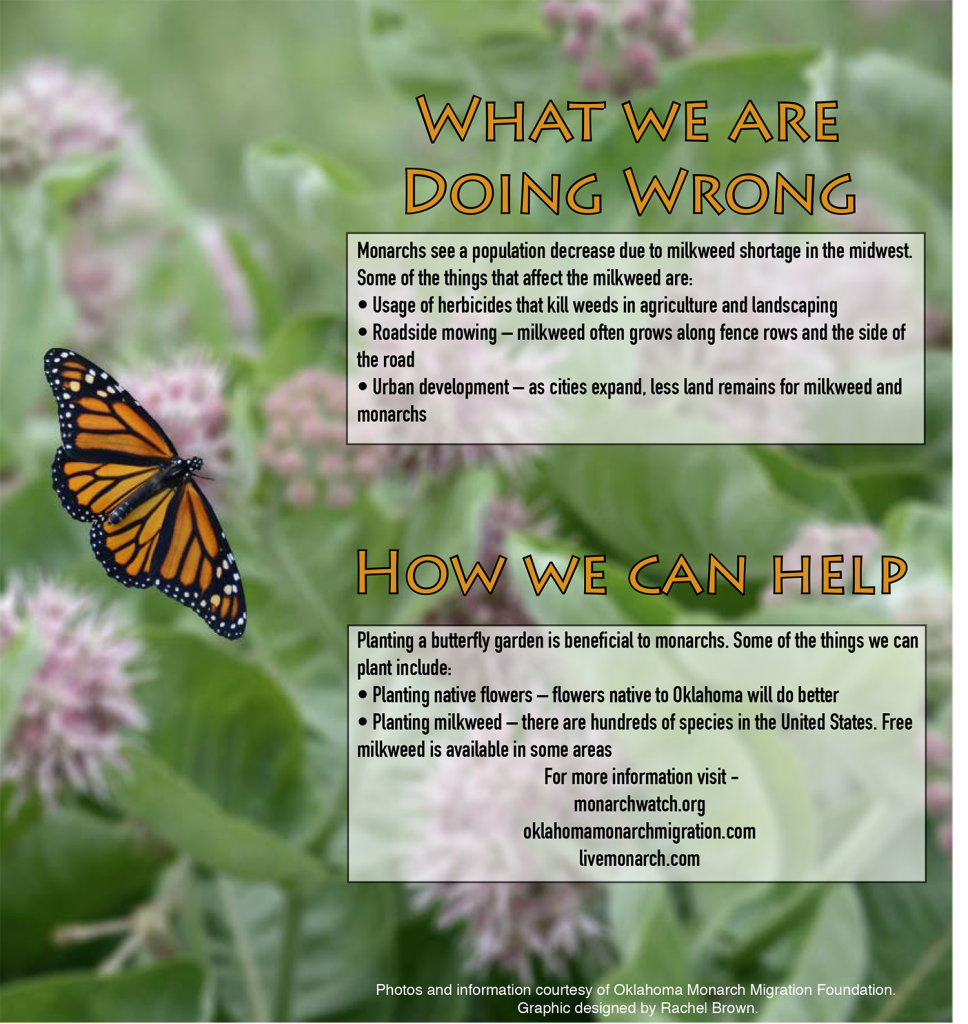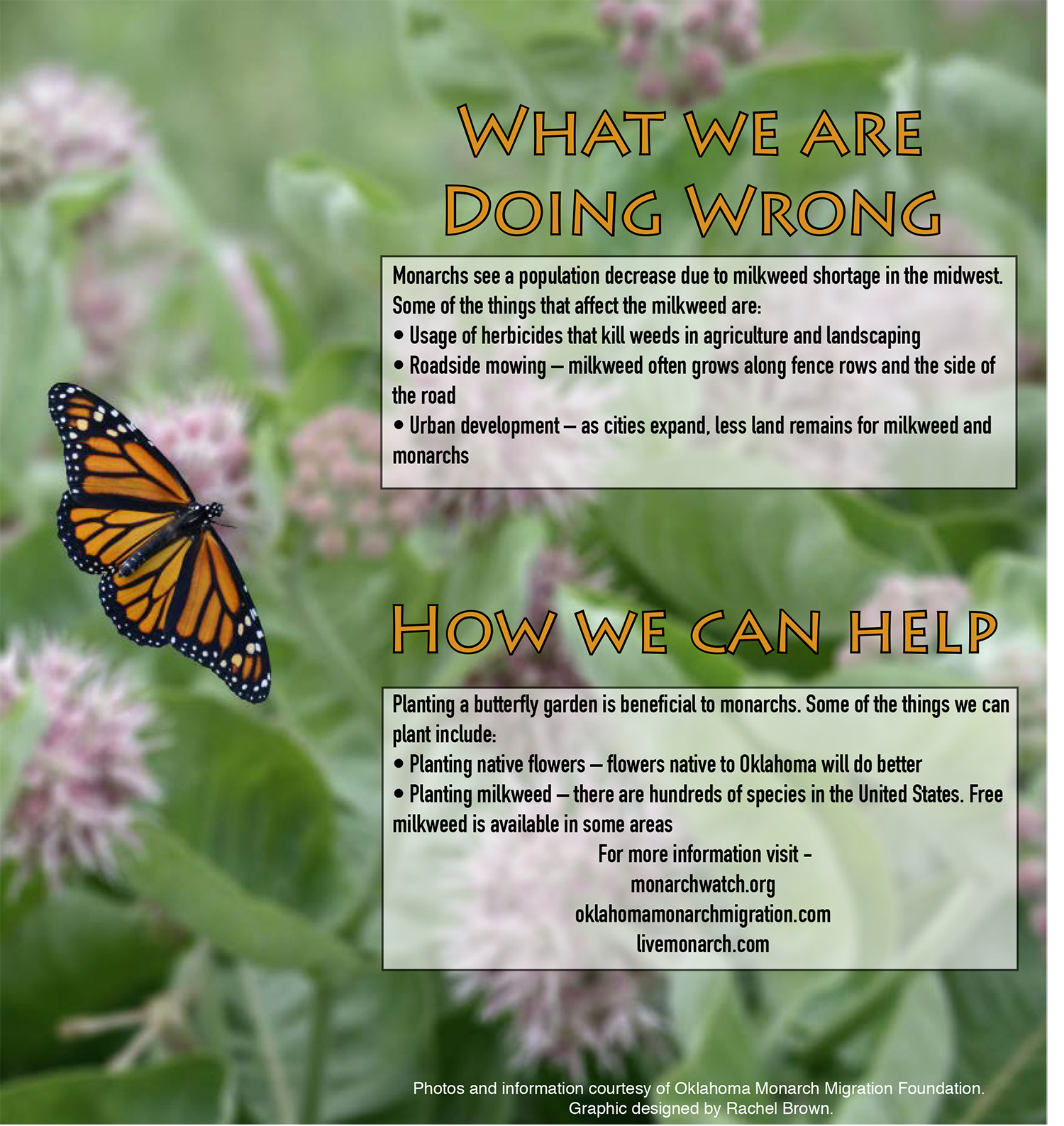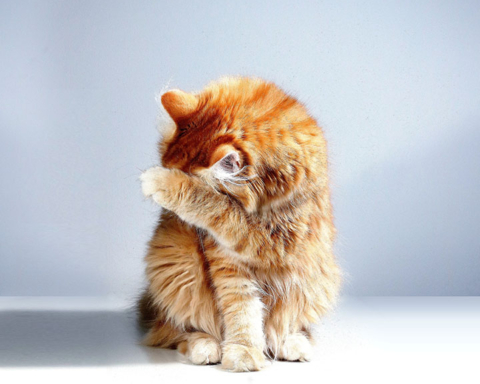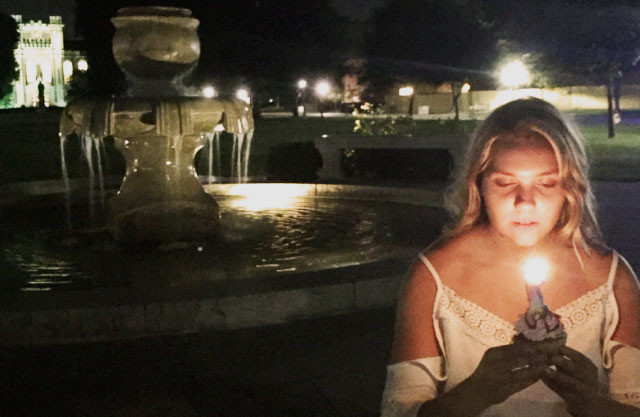As recently as 2008, Oklahomans were able to witness hundreds or even thousands of monarch butterflies on their journey south for the winter. However, last year festivalgoers at Monarch in the Park in Blanchard, Oklahoma, only saw a few butterflies.
One local factor contributing to the population decrease of monarchs is the killing of milkweed plants in the Midwest, particularly with herbicides and roadside mowing. Global factors include deforestation and urban development, as well as biofuel development.
These factors are “indicators that we are poisoning our environment,” said Robert Robbins, a Smithsonian curator of Lepidoptera — or the order of insects that butterflies fall under.
An iconic insect dwindling in numbers could have serious consequences. For instance, predators of monarch butterflies also could start to die off if monarchs become endangered or extinct.
“To have monarchs become rare, it would take away a huge connection to the natural world,” University of Oklahoma entomology professor Kenneth Hobson said.
Experts said that Monarchs are pollinators, which are essential to plants, and, in turn, life.
“Monarchs are only one piece of the pollination game,” s Oklahoma Wildlife Diversity Specialist Jena Donnell said.
But they are an important part, according to Hobson. Although there are other pollinators, Hobson calls the monarch butterfly an “emblem.”
“I think the impact of losing monarchs would be more of a psychological and cultural one,” he said.
Hobson added that the monarch is a “gateway insect,” allowing people to expand and overcome a fear of insects.
 Each year, eastern monarch butterflies migrate from north to south for the winter, and Oklahoma plays a key role in their migration route.
Each year, eastern monarch butterflies migrate from north to south for the winter, and Oklahoma plays a key role in their migration route.
“Oklahoma is one of the early breeding grounds for monarchs on their migration,” said Scott Peake, co-founder of Oklahoma Monarch Migration in Blanchard. “The monarch population has decreased anywhere from 65 to 85 percent.”
Monarch migration from the northern United States and southern Canada to Mexico and California takes four to five generations. A monarch’s lifespan is roughly two months, and during migration, the butterflies will go as far as possible before laying their eggs and continuing on until they cannot keep going. The eggs hatch and those butterflies continue on the route, until they too lay their eggs and eventually die.
Monarch butterflies use milkweed as their host plants. They lay their eggs on the plant, and the young caterpillars feed on milkweed alone. Scientists believe monarchs are selective to milkweed because toxins in the plant make it poisonous to predators.
The eggs will hatch in three to five days, after which the caterpillars will eat milkweed. They will go through five larval stages taking 10 to 14 days total, including a series of molts at the end of each. In approximately 30 days, the caterpillars become adult butterflies and continue on their journey.
This cycle continues until the last generation reaches its destination and spends the winter dormant on trees in Mexico and California. This is another concern, as deforestation for urban development is destroying those trees, Hobson said.
In the Midwest, milkweed is in short supply due to herbicide use. Herbicides, which are used on genetically modified crops, kill all of the weeds. The crops are left standing because they have been genetically altered to withstand herbicides. Roadside mowing and landscaping also is killing milkweed, leaving monarchs without food or a place to lay their eggs.
Other factors also have contributed to monarch decline, but there are encouraging signs.
“The five-year drought also put the local flora under stress,” Hobson said.
“I see the monarchs rebounding due to the heavy rains in the Midwest this year.”
Another concern is models of climate change, which are hard to predict. Hobson said some models show Oklahoma becoming warmer and drier, while others show the state becoming cooler and wetter.
If the weather becomes harsher, it will negatively impact the migration patterns and milkweed. However if the state becomes cooler and wetter, it could make Oklahoma greener and help the milkweed rebound, Hobson said.
Jason Weintraub, a Lepidoptera specialist at Drexel University, said climate change could cause the monarchs to have more competition with other butterflies and even make them stop migrating.
Still, there is hope for monarchs. Foundations such as Monarch Watch and Oklahoma Monarch Migration are dedicated to raising awareness of monarchs, and completing projects such as planting milkweed.
According to Chip Taylor at Monarch Watch, it could take up to 1 billion milkweed plants to rebuild the migration habitat.
“It is going to take a lot of effort, a lot of people and a lot of time,” he said.
He added that people are encouraged to take part in Monarch Watch’s tagging program, through which monarchs are tagged with serial numbers. People can then search the database later to see if the monarchs they tagged are recovered in Mexico.
Butterfly gardens also can be registered on Monarch Watch, under the Monarch Waystation Program.
People are encouraged to plant butterfly gardens of their own in order to help monarchs.
“It could have a huge impact on monarchs,” Hobson said. “We do have the power to affect this population.






